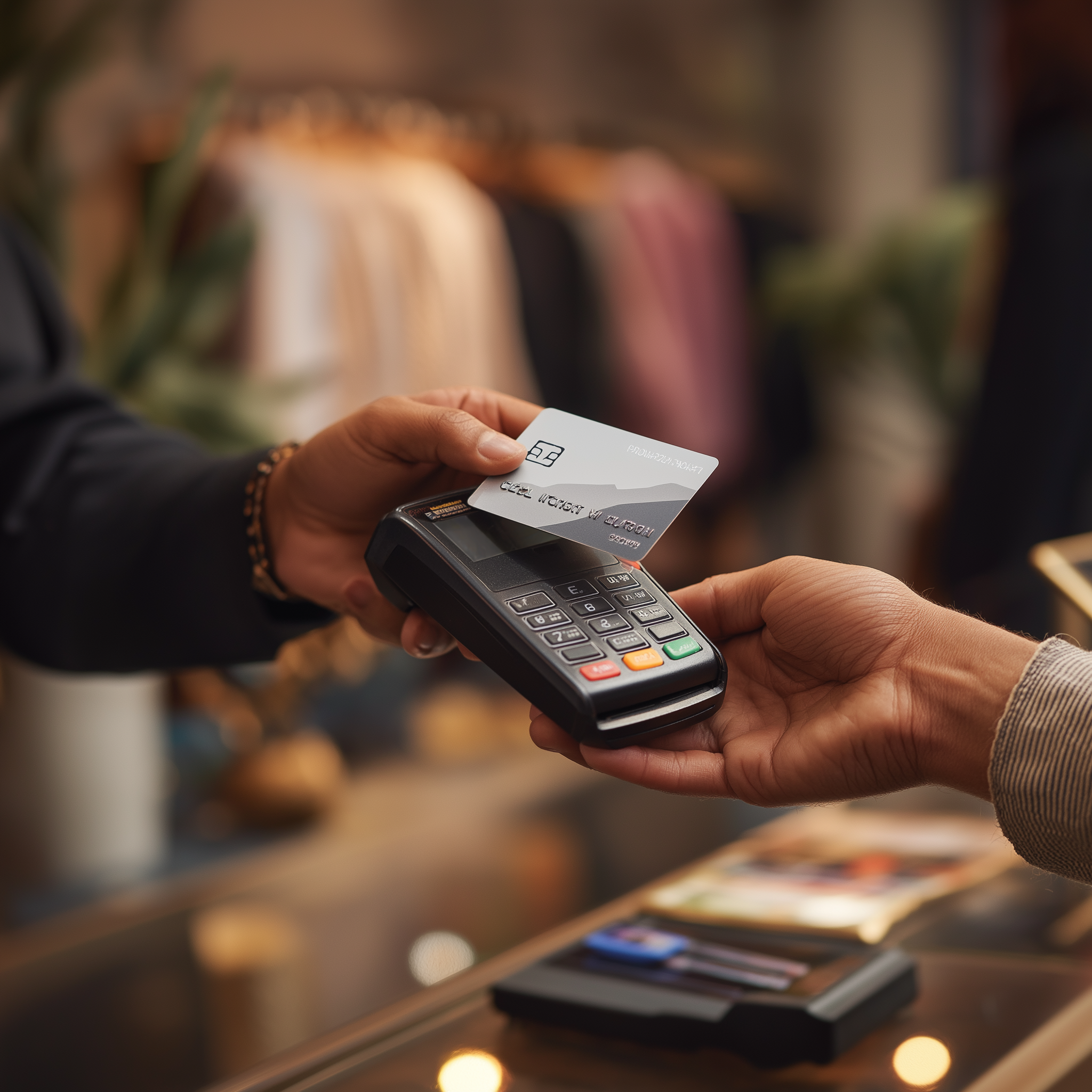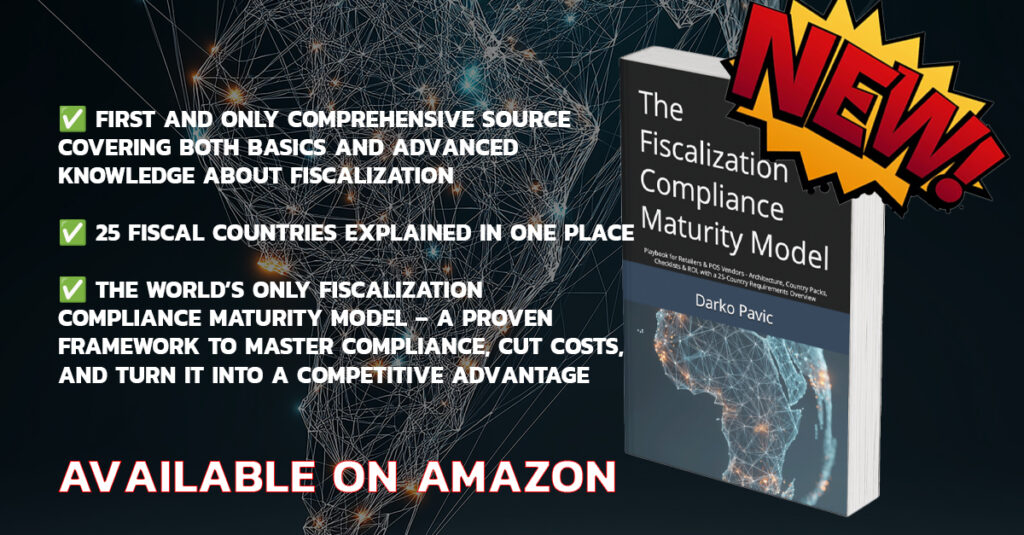
The rise of SoftPOS (Software Point of Sale) represents one of the most transformative shifts in retail payments in the last decade. By turning an ordinary smartphone into a certified payment terminal, SoftPOS promises to reshape how retailers think about checkout, mobility, and store operations.
What appears as a simple innovation, “just install an app and accept contactless payments”, is in reality the beginning of a profound structural change in global retail systems.
But while SoftPOS is revolutionary in capability, it is also one of the most difficult technologies to internationalize. Payments, fiscalization, and regulatory requirements across different markets create a complex landscape that explains why most SoftPOS solutions remain limited to one or only a handful of countries.
This article explores the operational, legal, and fiscalization challenges of SoftPOS, and why global retailers must treat it not as a standalone payment feature but as a strategic component of their international compliance architecture.
The Appeal: Why Retailers Are Turning to SoftPOS
SoftPOS addresses several long-standing pain points in retail operations:
Mobility and Queue Reduction Retail associates can check out customers anywhere in the store, reducing congestion and improving conversion rates during peak seasons.
Cost Efficiency Traditional payment terminals require hardware, shipping, maintenance, and replacement cycles. SoftPOS eliminates most of these costs.
Scalability and Flexibility Pop-up stores, seasonal locations, and mobile selling units can be deployed instantly. Additional “payment devices” can be onboarded in minutes.
New Store Concepts like mobile stores and in-aisle checkout scenarios become easier to execute.
These operational benefits are real and measurable, which is why SoftPOS adoption is rising. However, the simplicity on the surface hides the complexity underneath.
The Hidden Reality: SoftPOS Is Very Difficult to Internationalize
Although SoftPOS is technologically elegant, global deployment requires navigating two of the most heavily regulated areas in retail: payments and fiscalization. This combination makes expansion more complex than many entrepreneurs and even retailers initially expect.
1. Payments: The Most Regulated Layer of Retail Technology
SoftPOS requires compliance with:
- PCI MPoC (Mobile Payments on COTS) or earlier CPoC standards
- Tokenization and encryption requirements
- Local card network rules
- Certification with local acquiring banks
- Continuous security audits and others
Every country has its own payment ecosystem, certification bodies, acquirers, and security expectations. SoftPOS decentralizes the terminal, but it does not decentralize the regulation.
The result is that
many SoftPOS providers support only one market or a very limited cluster of countries.
Scaling SoftPOS internationally is often more difficult than scaling traditional terminals, which already require country-specific certifications but have well-established processes.
2. Fiscalization: The Critical Barrier to Cross-Border Expansion
Payments are only half the story. When SoftPOS is used to finalize a sales transaction, it becomes part of the retailer’s fiscal system. And fiscalization varies dramatically across jurisdictions.
Examples:
- Italy: hardware based fiscalization (RT printer or RT server)
- France: Certified POS systems with anti-tampering mechanisms
- Germany: TSE (technical security equipment) and so on
SoftPOS interacts with these systems differently depending on the scenario:
If the sale is completed in-store using SoftPOS → fiscalization applies fully.
If SoftPOS is only used to complete payment → different rules apply.
If SoftPOS is not just a payment tool, It becomes part of the legal backbone of retail operations.
This is where most SoftPOS solutions fail to scale.
SoftPOS Requires Integration Into Two Critical Systems
Successful global deployment requires SoftPOS to be deeply integrated into:
1. Fiscal middleware or any other fiscal solution
A (unified) compliance layer that manages:
- Real-time communication with authority
- Signature creation
- Audit files
- Local certification requirements
- Legal change monitoring etc.
Without a fiscal part, SoftPOS quickly becomes a compliance risk.
2. POS Core
SoftPOS must not be a standalone app. It must integrate into POS workflows:
- Basket management
- Discounts
- Loyalty
- Returns
- Partial payments
- VAT assignment
- Issuing fiscal receipts
SoftPOS cannot operate independently of that logic.
The Strategic Perspective: SoftPOS Will Change Retail, But Slowly
SoftPOS will reshape retail by enabling:
- More flexible store formats
- A more mobile workforce
- Lower operational costs
- Faster international rollout of new concepts
- Reduced dependency on hardware providers
- A new approach to checkout design
But this transformation will unfold gradually.
Unlike pure digital innovations, SoftPOS touches regulated layers of retail. It requires certifications, fiscal compliance, and deep operational integration.
Conclusion: SoftPOS Is the Future of Retail Payments, When Combined With Fiscalization Strategy
SoftPOS represents a new era of checkout mobility and operational flexibility. But it is not a plug-and-play innovation.
To scale internationally, retailers need:
- A robust fiscal middleware
- Harmonized POS architecture
- Strong VAT management
- Local payment certifications
- Long-term compliance strategy
SoftPOS is not just a payment method, it is a strategic transformation driver that requires compliance at its core.
Solution providers that combine payments, POS, and compliance will shape the next decade of retail innovation.
🟨

You might think fiscalization is a burden that slows innovation. It is, unless you change how you handle it.
I wrote a book to help retailers and solution providers turn fiscalization into a competitive advantage.
“The Fiscalization Compliance Maturity Model” is based on 28+ years in the industry and 22 years of work at Fiscal Solutions with global companies.
You can find the book on Amazon.

